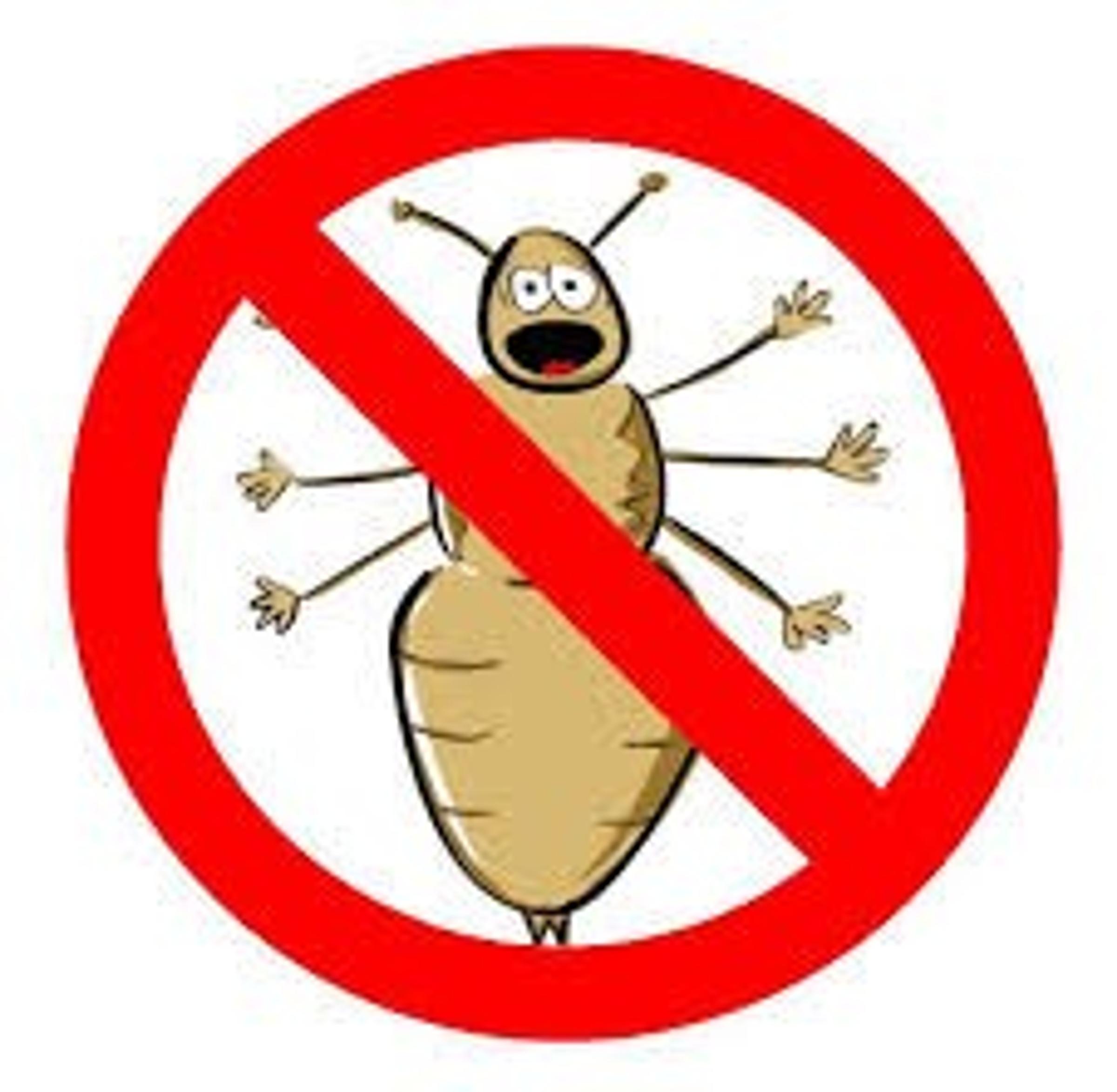First Aid
HEAD LICE (NITS)

First Aid
HEAD LICE (NITS)
Head lice are small, wingless insects that live, breed and feed on the human scalp. They do not generally carry or transmit diseases – they are transmitted by having head-to-head contact with someone who has head lice. You may be reassured to know that head lice are commonly found in places other than at BBPS. The Department of Health indicates there are likely to be cases of head lice in most schools at any given time. Head lice are common in school-aged children and are the most adaptable of creatures. They have survived living solely on humans for 10,000 years!!!!
Head lice do not live or breed on furniture, carpets, clothes or soft toys and cannot be spread through sharing items of clothing, for example, hats.
Parents and carers have the primary responsibility for the detection and treatment of head lice.
Responsibilities include:
BBPS encourages parents to tie their child's hair back if it is long and will implement learning activities that minimise head-to-head contact during head lice outbreaks. If a student is identified with live head lice at school, we will inform their parent/carer that their child may have head lice.
What can you do?
Check your child’s hair and in those instances where head lice or eggs are found, treat your child’s hair. Please visit Head lice (nits) - Better Health Channel for advice on finding, treating and preventing head lice.
If head lice or eggs are found on your child’s hair you need to inform:
When can my child return to school?
Health regulations requires that where a child has head lice, that child should not return to school until the day after appropriate treatment has started. Please note, this refers only to those children who have live head lice and does not refer to head lice eggs.